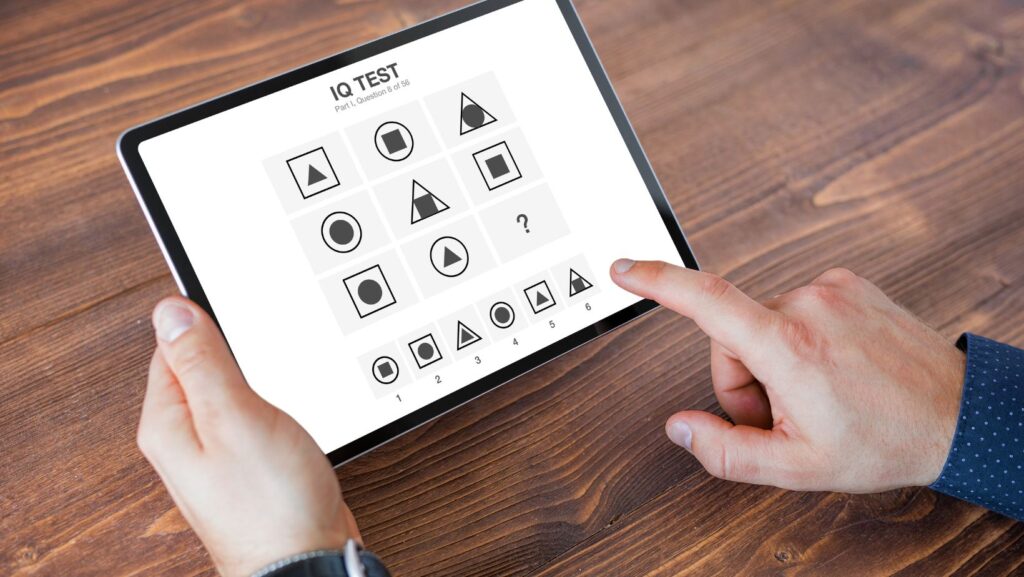 In a world where smartphones are ubiquitous, puzzle apps have carved out a special niche, captivating users with their blend of challenge and entertainment. These apps aren’t just about passing the time; they stimulate the brain, improve problem-solving skills, and offer a sense of accomplishment with every level conquered. From classic jigsaw puzzles to innovative match-three games, the variety available ensures there’s something for everyone. Whether you’re a casual gamer looking for a quick mental workout or a puzzle aficionado seeking complex challenges, puzzle apps provide endless opportunities to engage and entertain.
In a world where smartphones are ubiquitous, puzzle apps have carved out a special niche, captivating users with their blend of challenge and entertainment. These apps aren’t just about passing the time; they stimulate the brain, improve problem-solving skills, and offer a sense of accomplishment with every level conquered. From classic jigsaw puzzles to innovative match-three games, the variety available ensures there’s something for everyone. Whether you’re a casual gamer looking for a quick mental workout or a puzzle aficionado seeking complex challenges, puzzle apps provide endless opportunities to engage and entertain.
Puzzle Game Apps
Rising Trends in Gaming
Puzzle apps have surged in popularity as casual gaming goes mainstream. These apps leverage advancements in technology, using sophisticated graphics and interactive features to attract users. 2020 saw a 20% increase in downloads, according to App Annie. Augmented reality (AR) integration and daily challenges help keep users engaged. Titles like “Candy Crush Saga” and “Monument Valley” exemplify how puzzle games continue to evolve, blending traditional gameplay with new technological features.
Demographic Engagement
 Puzzle apps appeal to diverse age groups and demographics. A report by the Entertainment Software Association found that 63% of gamers are adults, with a significant number engaging in puzzle games. Younger demographics, particularly those aged 18-24, lean towards visually appealing and fast-paced games like “Two Dots” and “2048,” while older audiences prefer classic puzzles such as “Sudoku” and “Crosswords.” Female gamers show a higher inclination towards puzzle games, with apps like “Words with Friends” being particularly popular. This broad appeal contributes to the sustained growth and diversified user base of puzzle apps.
Puzzle apps appeal to diverse age groups and demographics. A report by the Entertainment Software Association found that 63% of gamers are adults, with a significant number engaging in puzzle games. Younger demographics, particularly those aged 18-24, lean towards visually appealing and fast-paced games like “Two Dots” and “2048,” while older audiences prefer classic puzzles such as “Sudoku” and “Crosswords.” Female gamers show a higher inclination towards puzzle games, with apps like “Words with Friends” being particularly popular. This broad appeal contributes to the sustained growth and diversified user base of puzzle apps.
Features of Top Puzzle Apps
Intuitive Gameplay
Top puzzle apps prioritize intuitive gameplay. Players can easily understand and engage with these games due to straightforward mechanics. Popular titles like “Candy Crush Saga” and “Monument Valley” exemplify this simplicity. Controls often rely on common gestures like swiping or tapping, eliminating the need for extensive instructions. Tutorials and guided levels ensure players quickly grasp game rules and objectives, enhancing user retention and satisfaction.
Engaging Graphics and Sounds
Engaging graphics and sounds are crucial for puzzle apps. High-quality visuals, like the vibrant colors of “Two Dots,” captivate users and enhance the gaming experience. Detailed animations and fluid transitions create a seamless user interface. Sound effects and background music further immerse players, as seen in the atmospheric audio of “The Room.” These elements work together to maintain player interest and provide a fully engaging experience.
Benefits of Playing Puzzle Apps
Cognitive and Mental Health Benefits
 Puzzle apps enhance cognitive functions, including memory, attention, and problem-solving skills. Studies show regular engagement with these games improves memory retention by up to 20%. They stimulate critical thinking as players must navigate complex challenges, enhancing problem-solving abilities. Research from the University of California indicates a 15% improvement in attention span among participants who play puzzle games regularly. These games also offer stress relief, providing a mental distraction that helps reduce anxiety levels. Puzzle games like “Sudoku” and “Brain Age” effectively lower stress by occupying the mind and giving a sense of accomplishment.
Puzzle apps enhance cognitive functions, including memory, attention, and problem-solving skills. Studies show regular engagement with these games improves memory retention by up to 20%. They stimulate critical thinking as players must navigate complex challenges, enhancing problem-solving abilities. Research from the University of California indicates a 15% improvement in attention span among participants who play puzzle games regularly. These games also offer stress relief, providing a mental distraction that helps reduce anxiety levels. Puzzle games like “Sudoku” and “Brain Age” effectively lower stress by occupying the mind and giving a sense of accomplishment.
Social Connectivity Features
Many puzzle apps incorporate social features, fostering connections among players. These include leaderboards, multiplayer modes, and in-game chat options. For instance, “Words with Friends” allows real-time competition, encouraging interaction and social engagement. Multiplayer puzzles like “QuizUp” and “Brain Wars” enable players to challenge friends or meet new ones. Social interaction through these games can reduce feelings of isolation by creating a community of players sharing the same interest. The integration of social media connectivity in games like “Candy Crush Saga” offers additional layers of interaction, encouraging users to connect and compete with friends on platforms like Facebook.



